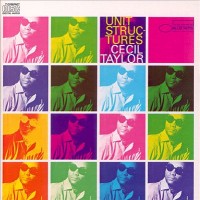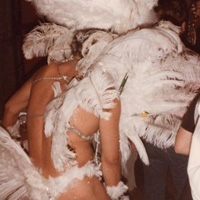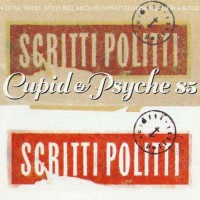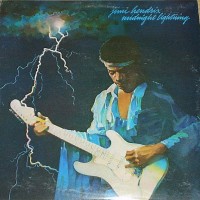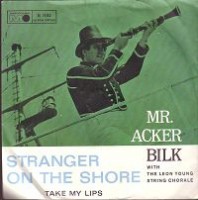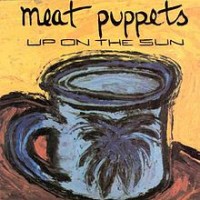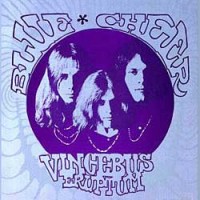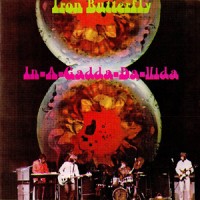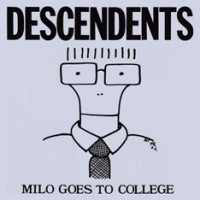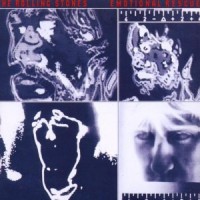Mi Ami have an ability to execute aural peaks and valleys like few pop groups have ever known how to do. Within each individual song is a crescendo, from the whispered and paranoid panting of Martin-McCormick and subtle metal beating from Palermo, to a racket of all the brutal parts looking each other in the eye and screaming. Just as quickly, though, they can drop it down and develop a groove, usually with the assistance of the bass, that envelops one’s sense of rhythm, all-encompassing.
A brilliant example of this is the two-song assault of “The Man In Your House” and “New Guitar.” “The Man In Your House” begins understated and disconcerting; an effects-laden guitar line covers the track in an odd, quiet blanket. From there, Martin-McCormick’s whispers grow to shouts of sex and sadness, while his guitar screeches and wail. The suspense grows as the track gets louder, and then it immediately segues into “New Guitar,” a jittery, stilted statement of seemingly nothing, carried out with Martin-McCormick’s competent hands manhandling and tearing at his guitar. The song’s beginning is a brilliant resolution to the song before it, and once this primal energy beams out, the trio jumps back four steps and carries out a mid-tempo groove, complete with a bass line rooted in funk and dub.
So much of Watersports’ appeal is in its embrace of the physical, but the album’s final third is a dirge into the mental abyss. Indeed, the album consists almost entirely of the members going ballistic on their respective parts, but this happens so sparingly, if at all, in the final two tracks. “White Wife,” a manifesto towards sincerity and honesty, is quiet, sad, and slow. Here, the trio is exploring their sonic workspace in a very profound way: not through flexing their chops, but through creating space. The song, probably the most cerebral track on the album, dips and undulates until you get to “Peacetalks/Downer,” which, like the best of shoegaze music, creates volume in lines that should be quiet. It all builds without changing, until the album slowly fades into oblivion.-Tyler
